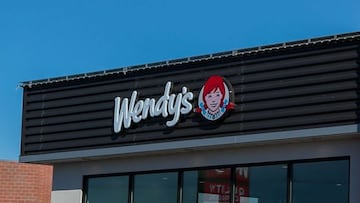RETAIL
When does Wendy’s Uber-style dynamic pricing go into effect? How will it work?
The large burger chain Wendy’s will test dynamic pricing, which is directly based on demand, so a burger would cost more during peak hours.

In recent years, fast food prices have increased. Among the causes are the covid-19 pandemic, supply chain issues, the rise in the minimum wage in several states across the country, as well as inflation.
Consistently, fast-food restaurant chains seek to reinvent themselves and implement measures to generate more revenue, and often, these measures are accompanied by price increases. Wendy’s is looking for its own innovative approach and is going to experiment with dynamic pricing.
Wendy’s follows in Uber’s footsteps from 2025
The hamburger chain aims to test menu prices that change throughout the day based on demand. This strategy is similar to the one used by ride-sharing platforms like Uber. According to a report from the Associated Press, during a conference call earlier this month, Wendy’s CEO Kirk Tanner said that the company will begin testing dynamic pricing soon.
“Starting in 2025, we will begin testing more enhanced features such as dynamic pricing and time slot offers, along with menu changes enabled by artificial intelligence and suggestive selling,” he said. “As we continue to demonstrate the benefits of this technology in company-operated restaurants, franchisees’ interest in digital menu boards should increase, further supporting system-wide sales and profit growth.”
Additionally, the company has announced investments to “drive accelerated global growth.” They will allocate $55 million towards incremental breakfast advertising in the United States and Canada, split evenly over the next two years. It also reported that approximately $15 million, primarily in 2024, will be used to “support digital growth through enhancements in mobile apps and a significant shift in personalized marketing capabilities.”
Finally, $30 million will be invested to support the implementation of digital menu boards in all company-operated restaurants in the United States by the end of 2025, as well as improvements to digital menu boards for the global system over the next two years.






